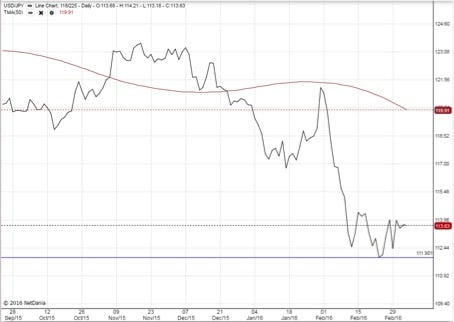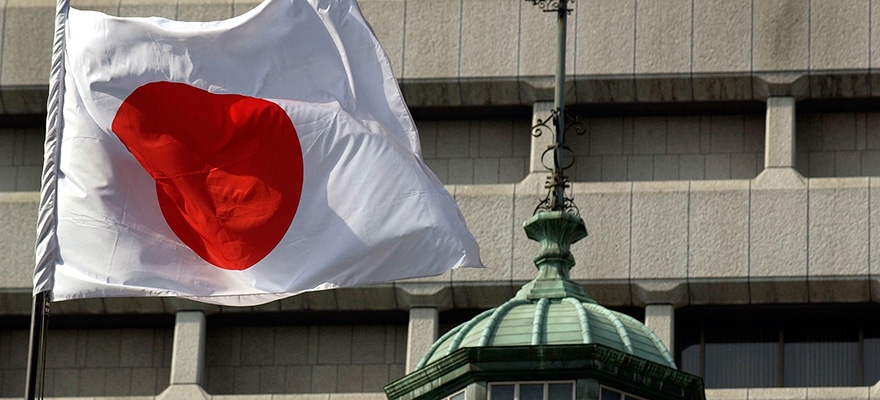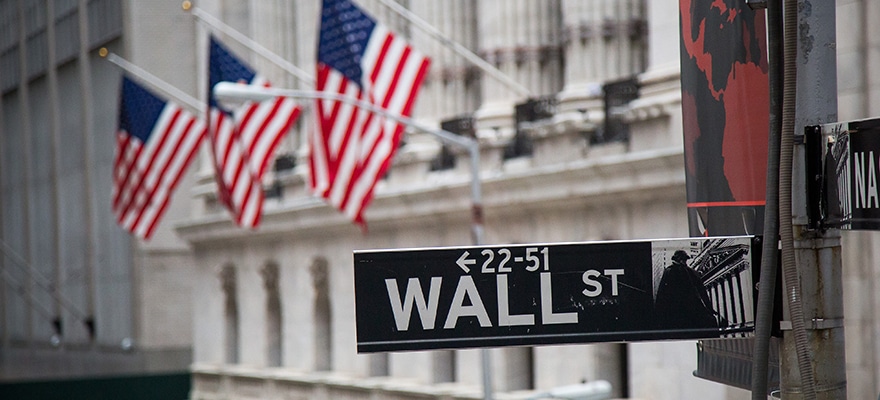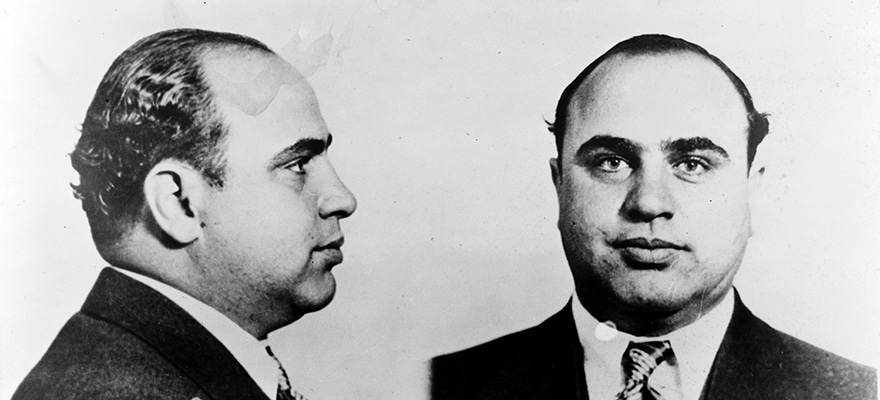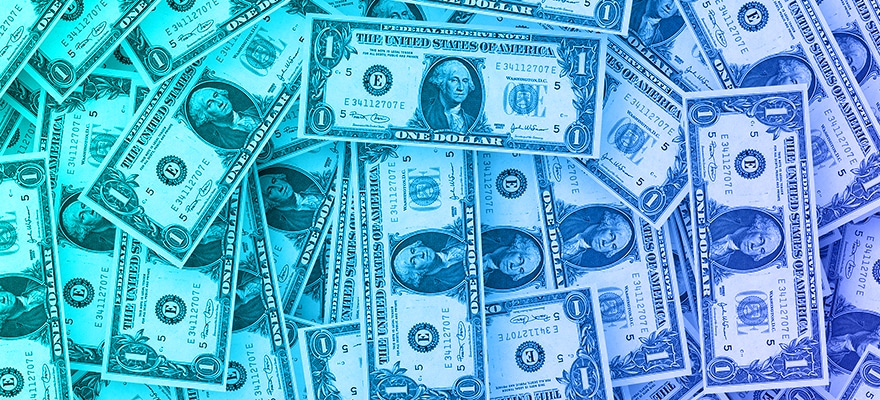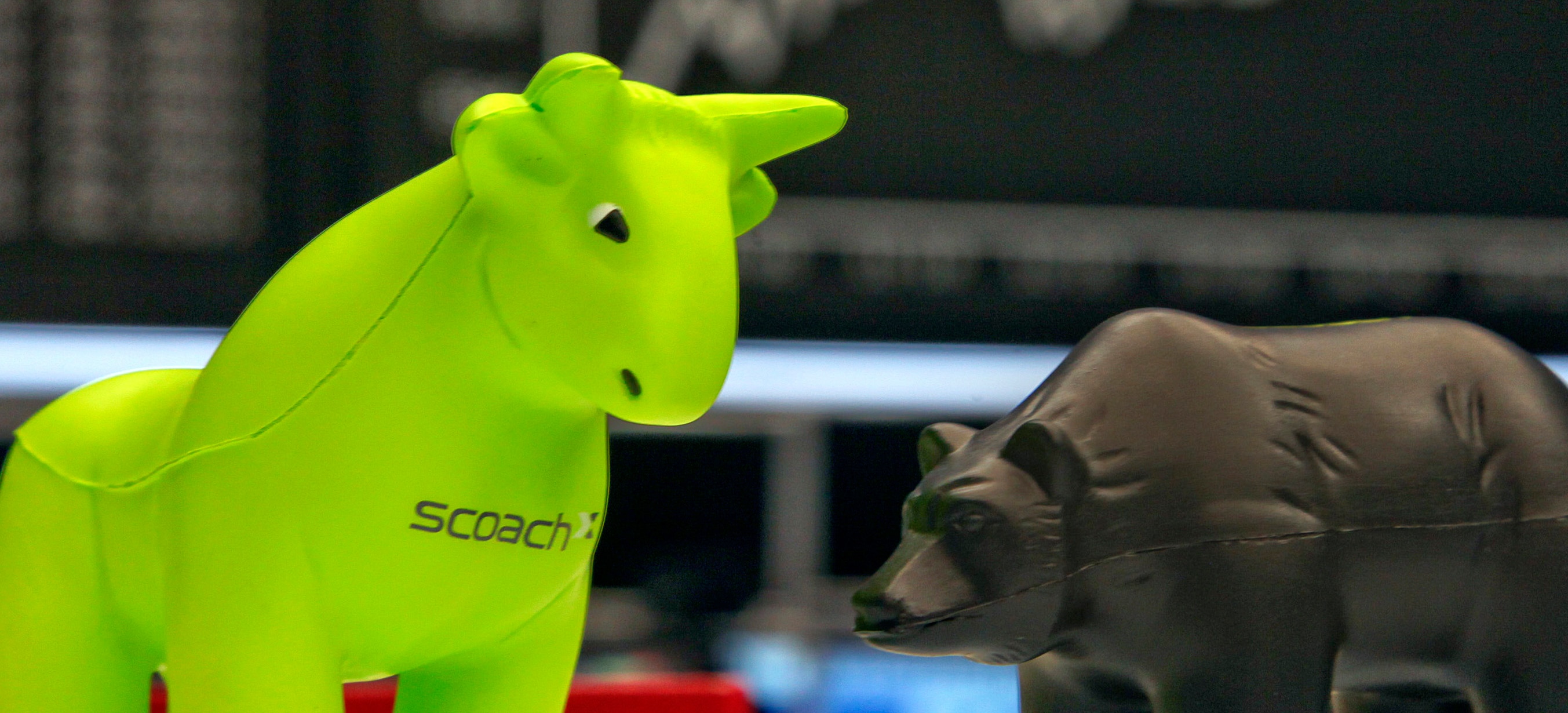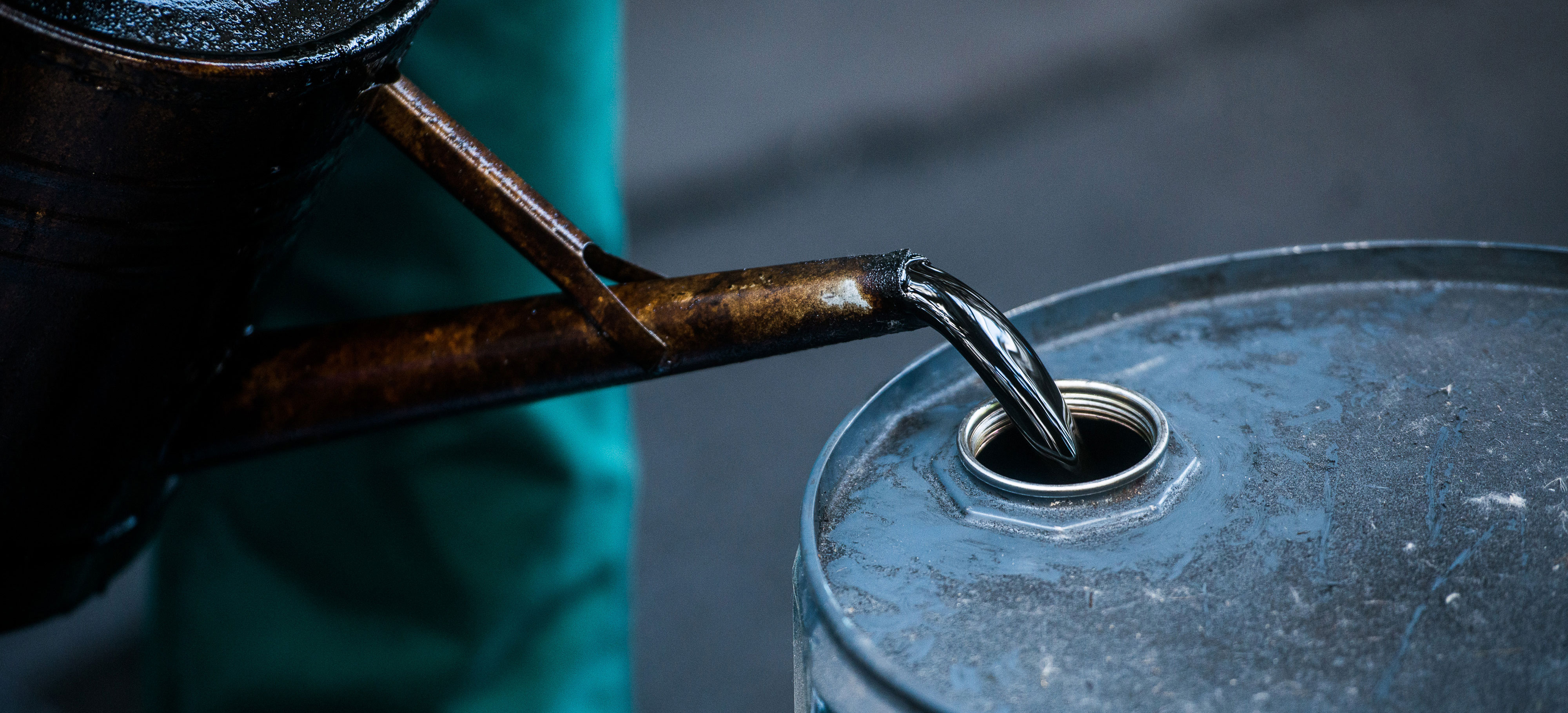Executive Interview with Nadia Edwards-Dashti | Harrington Star | FMLS:24
Executive Interview with Nadia Edwards-Dashti | Harrington Star | FMLS:24
Executive Interview with Nadia Edwards-Dashti | Harrington Star | FMLS:24
Executive Interview with Nadia Edwards-Dashti | Harrington Star | FMLS:24
Executive Interview with Nadia Edwards-Dashti | Harrington Star | FMLS:24
Executive Interview with Nadia Edwards-Dashti | Harrington Star | FMLS:24
Fintech Talent in the UK: The Human Factor Driving Industry Change 🌟
What does it take to attract, retain, and upskill the best fintech talent in today’s rapidly evolving UK market? In this engaging interview, Nadia Edwards-Dashti, Chief Customer Officer at Harrington Star, explores the future of talent recruitment, the rise of sales roles, and how AI is reshaping the industry—without replacing the human touch.
#fmls #fmls24 #fmevents #recruitment #financialcareers
📣 Stay updated with the latest in finance and trading!
Follow FMevents across our social media platforms for news, insights, and event updates.
Connect with us today:
🔗 LinkedIn: https://www.linkedin.com/showcase/financemagnates-events/
👍 Facebook: https://www.facebook.com/FinanceMagnatesEvents
📸 Instagram: https://www.instagram.com/fmevents_official
🐦 Twitter: https://twitter.com/F_M_events
🎥 TikTok: https://www.tiktok.com/@fmevents_official
▶️ YouTube: https://www.youtube.com/@FinanceMagnates_official
Don't miss out on our latest videos, interviews, and event coverage.
Subscribe to our YouTube channel for more!
Fintech Talent in the UK: The Human Factor Driving Industry Change 🌟
What does it take to attract, retain, and upskill the best fintech talent in today’s rapidly evolving UK market? In this engaging interview, Nadia Edwards-Dashti, Chief Customer Officer at Harrington Star, explores the future of talent recruitment, the rise of sales roles, and how AI is reshaping the industry—without replacing the human touch.
#fmls #fmls24 #fmevents #recruitment #financialcareers
📣 Stay updated with the latest in finance and trading!
Follow FMevents across our social media platforms for news, insights, and event updates.
Connect with us today:
🔗 LinkedIn: https://www.linkedin.com/showcase/financemagnates-events/
👍 Facebook: https://www.facebook.com/FinanceMagnatesEvents
📸 Instagram: https://www.instagram.com/fmevents_official
🐦 Twitter: https://twitter.com/F_M_events
🎥 TikTok: https://www.tiktok.com/@fmevents_official
▶️ YouTube: https://www.youtube.com/@FinanceMagnates_official
Don't miss out on our latest videos, interviews, and event coverage.
Subscribe to our YouTube channel for more!
Fintech Talent in the UK: The Human Factor Driving Industry Change 🌟
What does it take to attract, retain, and upskill the best fintech talent in today’s rapidly evolving UK market? In this engaging interview, Nadia Edwards-Dashti, Chief Customer Officer at Harrington Star, explores the future of talent recruitment, the rise of sales roles, and how AI is reshaping the industry—without replacing the human touch.
#fmls #fmls24 #fmevents #recruitment #financialcareers
📣 Stay updated with the latest in finance and trading!
Follow FMevents across our social media platforms for news, insights, and event updates.
Connect with us today:
🔗 LinkedIn: https://www.linkedin.com/showcase/financemagnates-events/
👍 Facebook: https://www.facebook.com/FinanceMagnatesEvents
📸 Instagram: https://www.instagram.com/fmevents_official
🐦 Twitter: https://twitter.com/F_M_events
🎥 TikTok: https://www.tiktok.com/@fmevents_official
▶️ YouTube: https://www.youtube.com/@FinanceMagnates_official
Don't miss out on our latest videos, interviews, and event coverage.
Subscribe to our YouTube channel for more!
Fintech Talent in the UK: The Human Factor Driving Industry Change 🌟
What does it take to attract, retain, and upskill the best fintech talent in today’s rapidly evolving UK market? In this engaging interview, Nadia Edwards-Dashti, Chief Customer Officer at Harrington Star, explores the future of talent recruitment, the rise of sales roles, and how AI is reshaping the industry—without replacing the human touch.
#fmls #fmls24 #fmevents #recruitment #financialcareers
📣 Stay updated with the latest in finance and trading!
Follow FMevents across our social media platforms for news, insights, and event updates.
Connect with us today:
🔗 LinkedIn: https://www.linkedin.com/showcase/financemagnates-events/
👍 Facebook: https://www.facebook.com/FinanceMagnatesEvents
📸 Instagram: https://www.instagram.com/fmevents_official
🐦 Twitter: https://twitter.com/F_M_events
🎥 TikTok: https://www.tiktok.com/@fmevents_official
▶️ YouTube: https://www.youtube.com/@FinanceMagnates_official
Don't miss out on our latest videos, interviews, and event coverage.
Subscribe to our YouTube channel for more!
Fintech Talent in the UK: The Human Factor Driving Industry Change 🌟
What does it take to attract, retain, and upskill the best fintech talent in today’s rapidly evolving UK market? In this engaging interview, Nadia Edwards-Dashti, Chief Customer Officer at Harrington Star, explores the future of talent recruitment, the rise of sales roles, and how AI is reshaping the industry—without replacing the human touch.
#fmls #fmls24 #fmevents #recruitment #financialcareers
📣 Stay updated with the latest in finance and trading!
Follow FMevents across our social media platforms for news, insights, and event updates.
Connect with us today:
🔗 LinkedIn: https://www.linkedin.com/showcase/financemagnates-events/
👍 Facebook: https://www.facebook.com/FinanceMagnatesEvents
📸 Instagram: https://www.instagram.com/fmevents_official
🐦 Twitter: https://twitter.com/F_M_events
🎥 TikTok: https://www.tiktok.com/@fmevents_official
▶️ YouTube: https://www.youtube.com/@FinanceMagnates_official
Don't miss out on our latest videos, interviews, and event coverage.
Subscribe to our YouTube channel for more!
Fintech Talent in the UK: The Human Factor Driving Industry Change 🌟
What does it take to attract, retain, and upskill the best fintech talent in today’s rapidly evolving UK market? In this engaging interview, Nadia Edwards-Dashti, Chief Customer Officer at Harrington Star, explores the future of talent recruitment, the rise of sales roles, and how AI is reshaping the industry—without replacing the human touch.
#fmls #fmls24 #fmevents #recruitment #financialcareers
📣 Stay updated with the latest in finance and trading!
Follow FMevents across our social media platforms for news, insights, and event updates.
Connect with us today:
🔗 LinkedIn: https://www.linkedin.com/showcase/financemagnates-events/
👍 Facebook: https://www.facebook.com/FinanceMagnatesEvents
📸 Instagram: https://www.instagram.com/fmevents_official
🐦 Twitter: https://twitter.com/F_M_events
🎥 TikTok: https://www.tiktok.com/@fmevents_official
▶️ YouTube: https://www.youtube.com/@FinanceMagnates_official
Don't miss out on our latest videos, interviews, and event coverage.
Subscribe to our YouTube channel for more!
